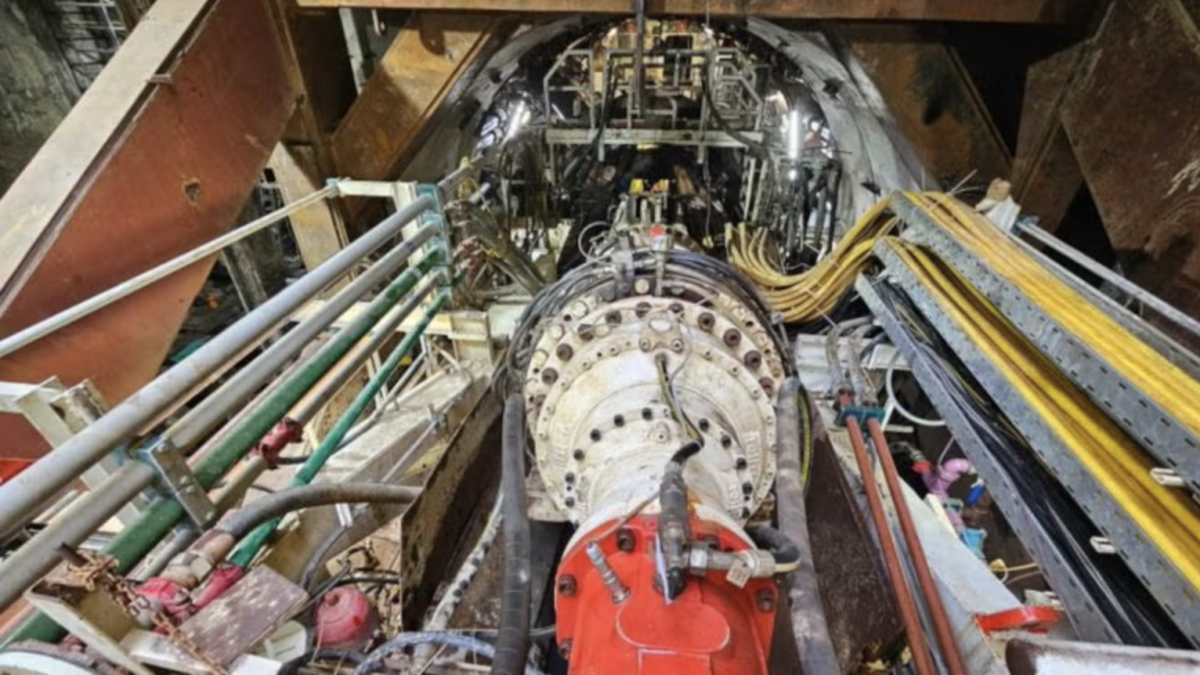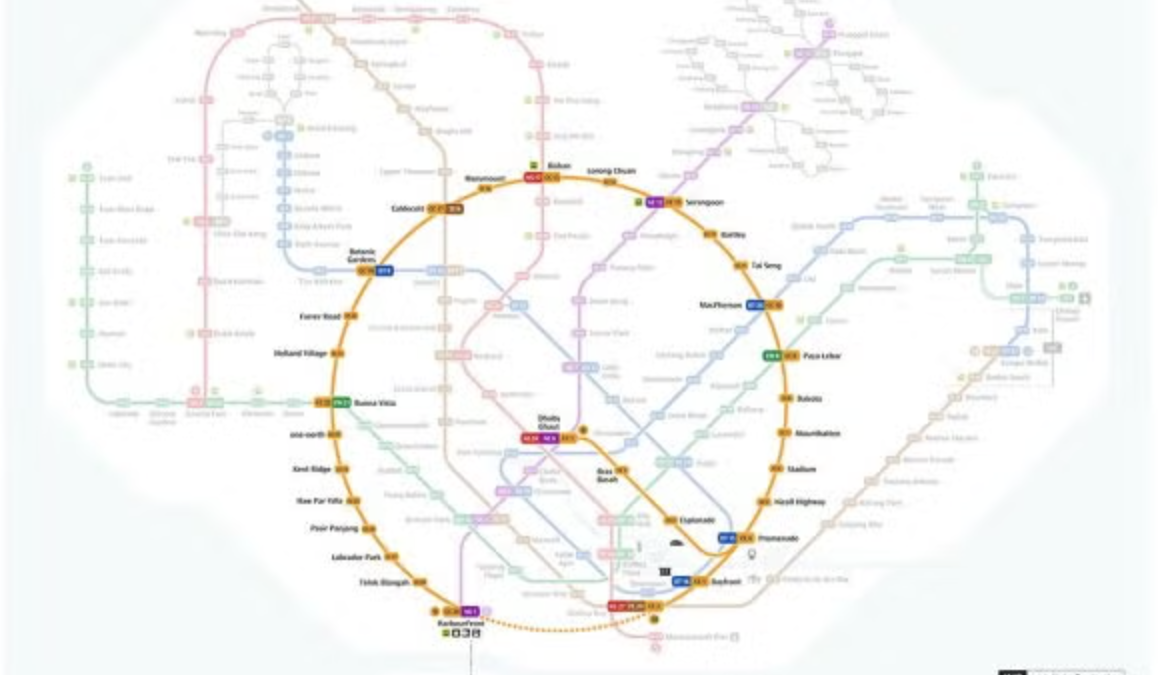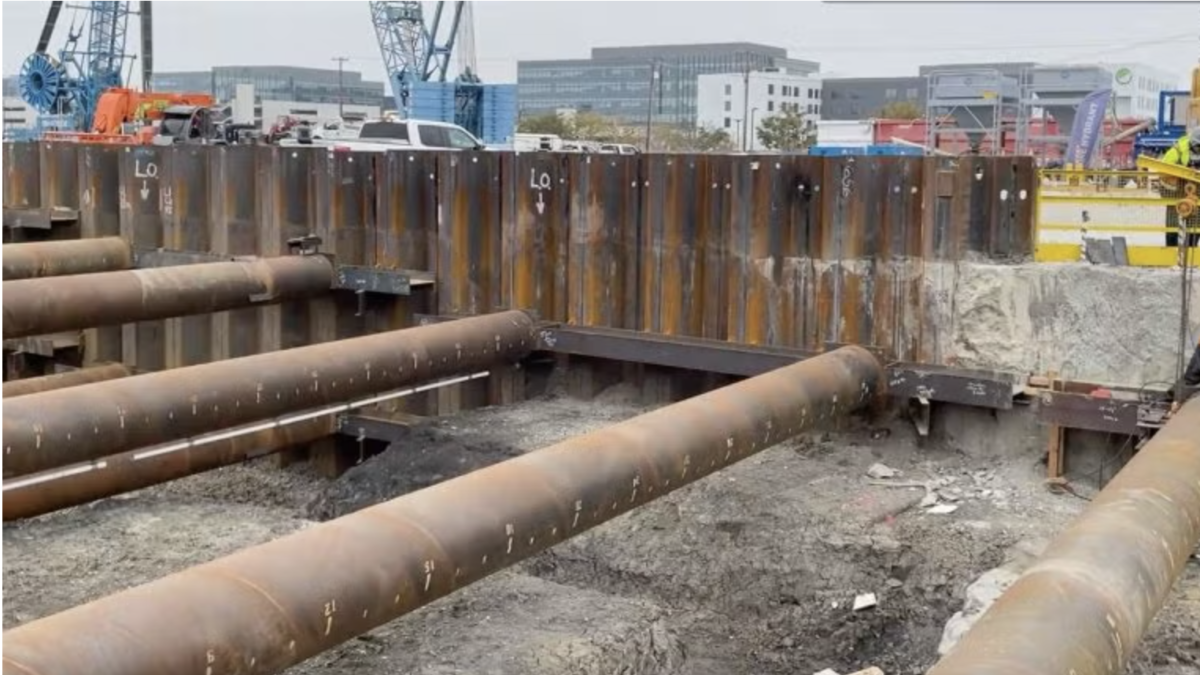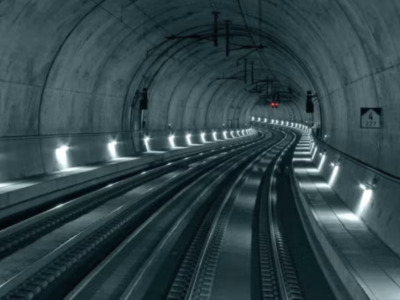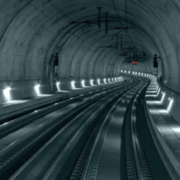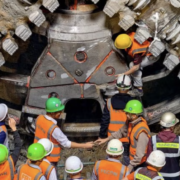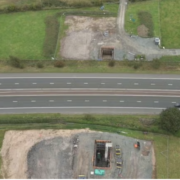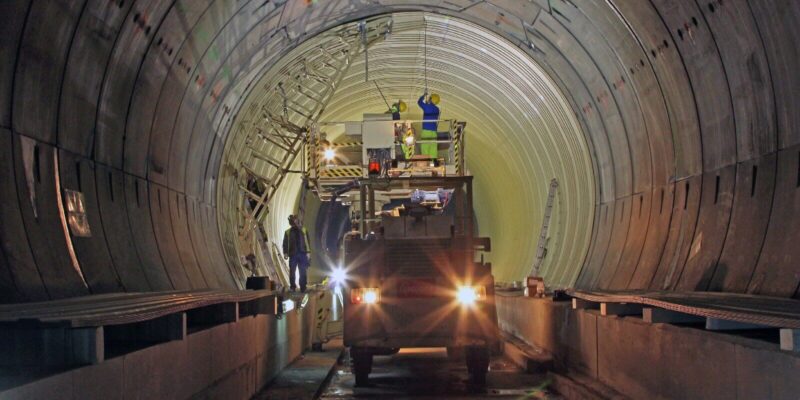
The Spanish Government has commenced the Pajares “variant” of the Madrid-Asturias high-speed line, which will cut travel times by over one hour between Madrid and Asturias.
The Pajares Bypass project comprises opening the 50km $4bn tunnel, representing 80% of the route. The route will enable crossing the Cantabrian Mountains in less than 15 minutes, with times being decreased more via the implementation of Avril trains in Q4 2024.
According to the Spanish government declaration, the Pajares Bypass project represents “one of the most complex engineering works in Europe and the world.”
The new rail line is said to be used for both passenger and cargo services and includes a variety of European funding.
Nevertheless, the project was supported by more than €518m from the European Regional Development Fund and the Cohesion Fund, alongside €121.6m from the European Recovery and Resilience Facility (ERF).
President of Spain, Pedro Sánchez, highlighted the significance of this milestone, which improves Spain’s leading position in railway operations.
Sánchez claimed: “This project will provide even more excellence and recognition to Spanish companies in this field, which are already highly recognized internationally.”
He added: “This momentum does not stop here. There is a portfolio of more than 9,000 million euros in progress to deploy high-speed lines in other territories such as Cantabria, the Basque Country, Navarra, and Extremadura; and to continue advancing in the Mediterranean and Atlantic corridors, strategic bets that will contribute decisively to structuring our territory and making it more competitive.”
The new La Robla-Pola de Lena line contains ten viaducts and 12 tunnels and portrays the seventh-largest railway tunnel in Europe. Besides, the infrastructure is a double-track electrified line with the railway signaling system (ERTMS level 2).
As La Moncloa declared, the new service will enable the load of freight trains, claimed to be boosted by up to 15% and have greater length.


